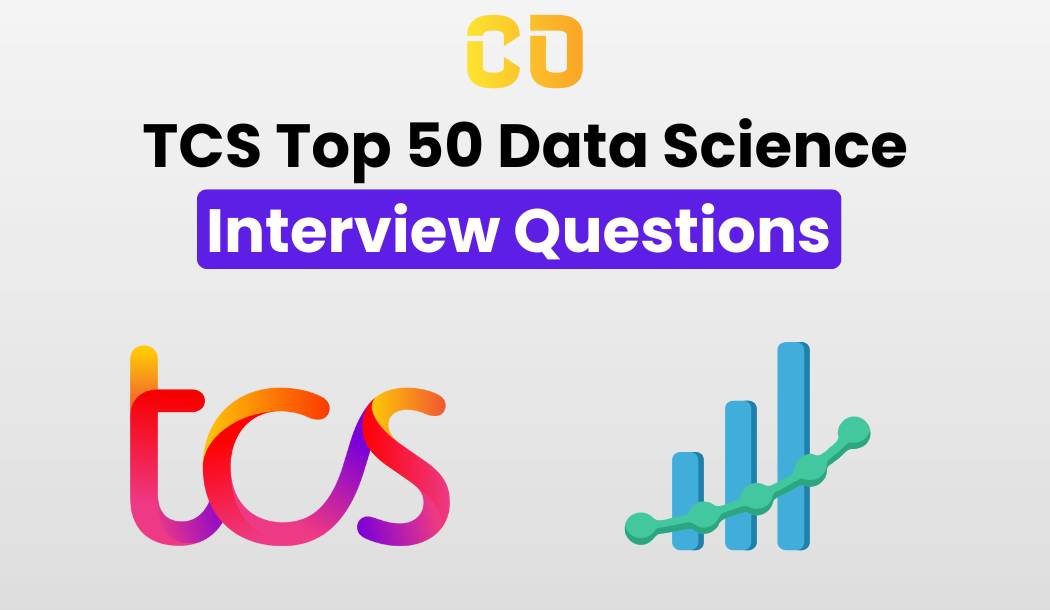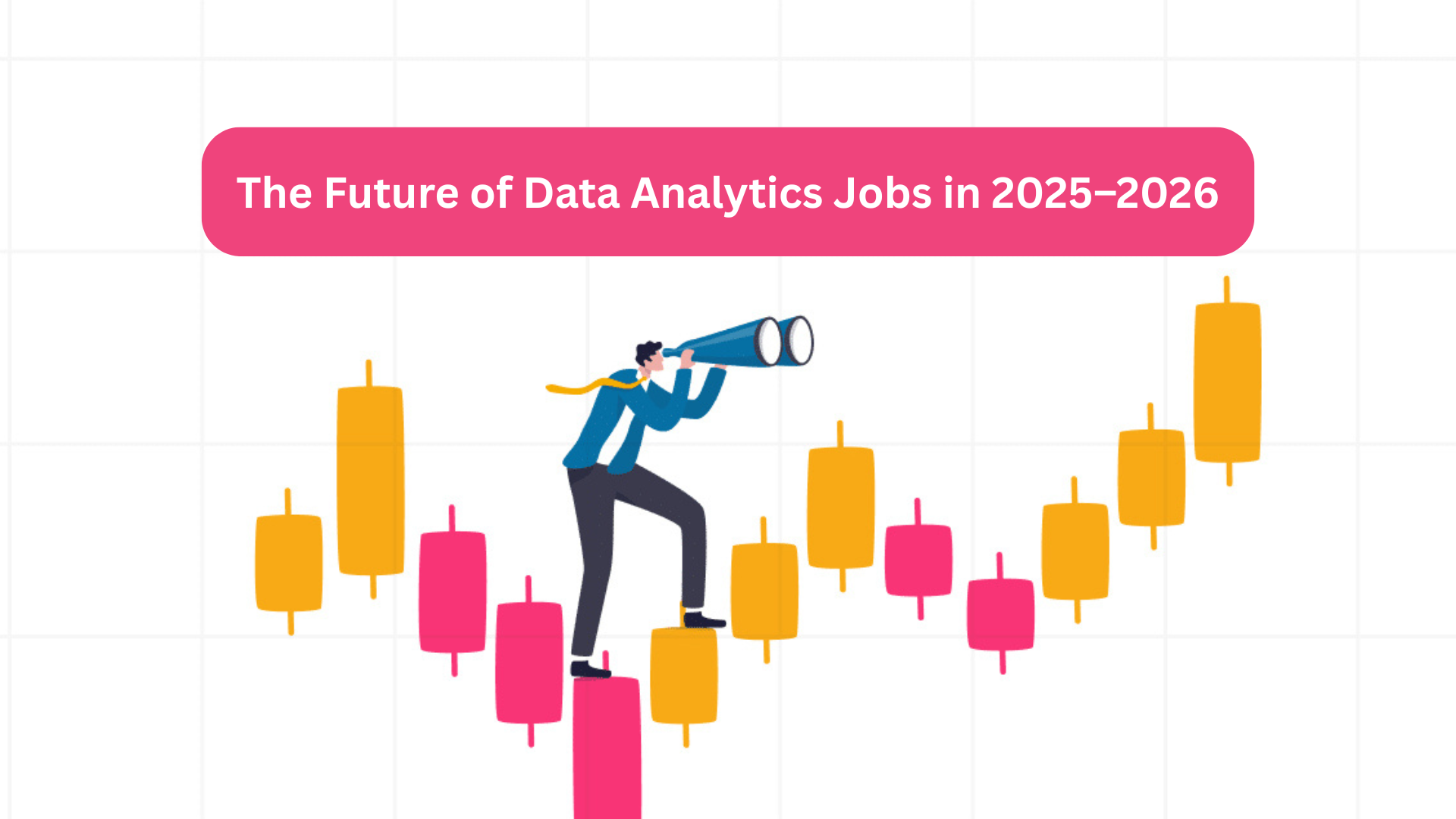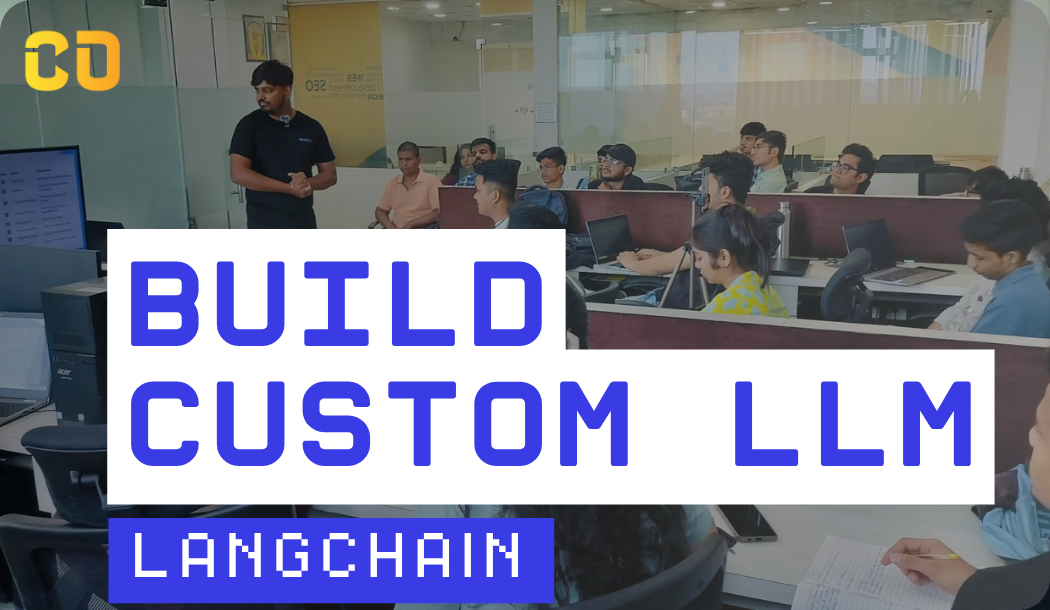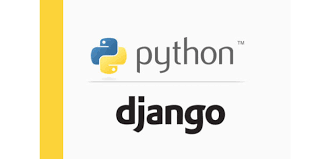This blog provides the top 50 Data Scientist interview questions and answers to help you excel in your TCS interview. Dive into data science concepts, machine learning, and analytical challenges for a successful interview.
Basic Concepts
1. What is data science, and how does it differ from data analytics?
-
Data Science is an interdisciplinary field focused on extracting meaningful insights and making predictions based on large volumes of data using advanced statistical, mathematical, and computational techniques. It combines fields like statistics, machine learning, and data engineering to solve complex data-driven problems.
Data Analytics, on the other hand, is a subset of data science focused primarily on analyzing existing data to identify trends, patterns, and insights, often with the goal of solving specific business problems or optimizing processes.
Difference:
- Scope: Data science covers a broader range of tasks, including predictive modeling and AI development, while data analytics focuses on descriptive and diagnostic analysis.
- Objective: Data science aims to build predictive models, whereas data analytics aims to interpret and present historical data.
2. What is the role of a data scientist in a company?
-
A data scientist uses data to derive insights, solve business problems, and help the organization make data-driven decisions. Key responsibilities include:
- Data Collection and Cleaning: Gathering and preparing data for analysis.
- Data Analysis and Exploration: Identifying trends, correlations, and insights.
- Modeling and Prediction: Building statistical or machine learning models to predict future outcomes.
- Communication: Presenting insights to stakeholders and supporting decision-making.
-
Data scientists also collaborate with data engineers, analysts, and business leaders to ensure data solutions align with business goals.
3. Explain the difference between structured and unstructured data.
- Structured Data: Highly organized data that follows a specific format, typically stored in tables (like relational databases) with rows and columns. Examples include transaction records and customer information.
- Unstructured Data: Lacks a predefined structure and can come in formats like text, images, audio, or video. Examples include emails, social media posts, and images.
-
Structured data is easier to analyze using traditional statistical methods, whereas unstructured data often requires advanced processing techniques like natural language processing (NLP) or image recognition.
4. What are the key steps in a data science project?
- Problem Definition: Understanding the business problem and defining objectives.
- Data Collection: Gathering relevant data from internal and external sources.
- Data Cleaning and Preprocessing: Handling missing values, outliers, and data normalization.
- Exploratory Data Analysis (EDA): Analyzing data patterns, distributions, and relationships.
- Model Building: Selecting and training suitable models.
- Model Evaluation: Using metrics like accuracy, precision, and recall to evaluate model performance.
- Deployment: Integrating the model into production systems.
- Monitoring and Maintenance: Tracking model performance over time and retraining as necessary.
5. How do you handle missing data in a dataset?
- Removal: If the amount of missing data is small, drop the affected rows or columns.
- Imputation: Replace missing values using techniques like mean, median, mode, or predictive modeling.
- Flag and Fill: Mark missing values with a binary indicator and fill with placeholder values.
-
The chosen method depends on the dataset and the importance of the missing information.
6. What is the difference between supervised and unsupervised learning?
- Supervised Learning: Involves labeled data, where the model learns to map input features to output labels. Used in classification and regression tasks.
- Unsupervised Learning: Involves unlabeled data, where the model learns to find hidden patterns or groupings without predefined labels. Used in clustering and association tasks.
7. Explain the concept of cross-validation in model evaluation.
- Cross-validation is a method to evaluate a model’s performance by splitting the data into training and validation sets multiple times, then averaging the results. K-fold cross-validation is popular, where the data is split into k subsets, and the model is trained k times, each time using one subset as the validation set and the others as training data. It helps prevent overfitting and provides a more accurate estimate of model performance.
8. What is overfitting, and how can you avoid it?
-
Overfitting occurs when a model learns the training data too well, capturing noise and outliers instead of general patterns, leading to poor generalization on new data.
Ways to Avoid Overfitting:
- Regularization: Apply techniques like L1 and L2 regularization.
- Cross-Validation: Validate the model using multiple subsets of data.
- Simplify the Model: Use fewer features or parameters to prevent the model from becoming too complex.
- More Data: Adding more training data can improve the model’s generalizability.
9. What is a confusion matrix? Explain its components.
-
A confusion matrix is a table used to evaluate the performance of a classification model by showing actual vs. predicted classifications. Components:
- True Positives (TP): Correctly predicted positive observations.
- True Negatives (TN): Correctly predicted negative observations.
- False Positives (FP): Incorrectly predicted positive observations (Type I error).
- False Negatives (FN): Incorrectly predicted negative observations (Type II error).
-
Metrics like accuracy, precision, recall, and F1-score are derived from the confusion matrix.
10. How do you select important features in a dataset?
- Correlation Analysis: Identify relationships between features and the target variable.
- Feature Importance: Use model-based techniques (e.g., Random Forests) to score each feature.
- Lasso Regression: A regularization technique that can zero out coefficients of less important features.
- Principal Component Analysis (PCA): Reduces dimensionality by transforming data into principal components.
-
Selecting important features improves model interpretability and reduces training time, often enhancing performance.
Statistical and Mathematical Knowledge
11. What is the difference between variance and standard deviation?
- Variance measures the average squared deviation from the mean, showing how spread out the data points are in a dataset.
- Standard Deviation is the square root of the variance and gives the spread of data in the same units as the data itself. It’s useful for interpreting variability in a more intuitive way since it matches the data’s original units.
-
Difference: While variance provides a raw measure of spread, standard deviation is often more interpretable since it aligns with the data's units.
12. Explain the Central Limit Theorem and its significance.
-
The Central Limit Theorem (CLT) states that the distribution of sample means approximates a normal distribution as the sample size increases, regardless of the population's distribution. This property is crucial because it allows for inference about the population using sample statistics.
Significance:
- Enables the use of normal distribution properties for hypothesis testing and confidence intervals, even when the population distribution is unknown.
- Helps make predictions and generalizations about the population with a sufficiently large sample size.
13. What are Type I and Type II errors in hypothesis testing?
- Type I Error (False Positive): Rejecting the null hypothesis when it is true, commonly controlled by the significance level (α\alphaα). For example, concluding that a drug is effective when it isn’t.
- Type II Error (False Negative): Failing to reject the null hypothesis when it is false, often controlled by the power of the test. For example, concluding that a drug has no effect when it actually does.
-
Balancing these errors is crucial as it impacts the reliability of hypothesis tests and the conclusions drawn.
14. How do you calculate p-value, and what does it signify?
-
The p-value is calculated based on the observed data under the assumption that the null hypothesis is true. It represents the probability of obtaining a test statistic at least as extreme as the one observed. A low p-value (typically <0.05) indicates strong evidence against the null hypothesis, suggesting it may be rejected.
Significance:
- Helps in determining the statistical significance of results.
- A small p-value indicates that the observed effect is unlikely due to chance, thus favoring the alternative hypothesis.
15. Explain the concept of correlation and covariance.
- Correlation measures the strength and direction of a linear relationship between two variables, standardized to a range of -1 to 1.
- Covariance shows the direction of the linear relationship between variables but is not standardized, so its value depends on the units of measurement.
16. What is multicollinearity? How can it be detected and handled?
-
Multicollinearity occurs when predictor variables in a regression model are highly correlated, which can distort estimates of the regression coefficients and make them unreliable.
Detection:
- Variance Inflation Factor (VIF): A high VIF (>5 or 10) suggests multicollinearity.
- Correlation Matrix: High correlation coefficients between predictors indicate potential multicollinearity.
-
Handling:
- Remove highly correlated variables.
- Use dimensionality reduction (e.g., PCA).
- Regularization techniques (Lasso or Ridge) to penalize multicollinear predictors.
17. What are the assumptions of linear regression?
- Linearity: The relationship between the dependent and independent variables should be linear.
- Independence: Each observation should be independent of the others.
- Homoscedasticity: The variance of the residuals should be constant across all levels of the independent variable.
- Normality: The residuals should be normally distributed.
- No or little multicollinearity: The predictor variables should not be highly correlated.
18. Describe the bias-variance tradeoff in machine learning.
-
The bias-variance tradeoff describes the balance between two types of errors:
- Bias: Error due to simplifying assumptions in the model. High bias leads to underfitting, where the model does not capture the underlying data patterns well.
- Variance: Error due to model sensitivity to small fluctuations in the training data. High variance leads to overfitting, where the model captures noise along with the signal.
-
Tradeoff: Reducing bias increases variance and vice versa. The goal is to find an optimal balance to minimize the overall error.
19. What is regularization, and why is it useful?
-
Regularization is a technique that adds a penalty term to the loss function in models, discouraging complex models that may overfit. It constrains or shrinks the coefficients towards zero, promoting simpler models that generalize better.
Usefulness:
- Reduces overfitting by penalizing large coefficients.
- Improves model interpretability by eliminating insignificant features (especially in Lasso).
20. Explain the difference between L1 (Lasso) and L2 (Ridge) regularization.
- L1 Regularization (Lasso) adds the absolute value of the coefficient magnitudes to the loss function. It can shrink some coefficients to zero, effectively selecting features by excluding irrelevant ones.
- L2 Regularization (Ridge) adds the squared value of the coefficients to the loss function, penalizing large coefficients but not necessarily shrinking them to zero.
Machine Learning Algorithms
21. Explain the working of the k-nearest neighbors (KNN) algorithm.
-
The K-Nearest Neighbors (KNN) algorithm is a simple, instance-based learning algorithm used for classification and regression. It works by finding the kkk closest data points (neighbors) to a query point and assigning the most common label among these neighbors for classification, or averaging their values for regression.
Working Steps:
- Choose a value for kkk (number of neighbors).
- Calculate the distance (e.g., Euclidean) between the query point and all points in the dataset.
- Sort the distances and select the kkk nearest neighbors.
- Vote or average among these neighbors to determine the label (classification) or value (regression) of the query point.
-
Use Cases: KNN is used for recommendation systems, handwriting recognition, and anomaly detection.
22. How does the decision tree algorithm work?
-
The Decision Tree algorithm is a tree-structured model that splits the dataset into subsets based on feature values, with each node representing a decision point for one attribute, and each leaf node representing a class label. It:
- Begins at the root node, evaluating a chosen feature to split data.
- Recursively creates branches by selecting the best features (using criteria like Gini Impurity or Entropy) until it reaches a stopping point (leaf nodes). Decision Trees are easy to interpret and are commonly used for classification tasks in medical diagnosis, fraud detection, and customer segmentation.
23. What is Random Forest, and how does it improve decision trees?
-
Random Forest is an ensemble learning method that creates multiple decision trees and merges them for a more robust model. It:
- Uses "bagging" to generate subsets of the original data and trains each tree independently.
- Aggregates the output by voting (classification) or averaging (regression) across the trees. Random Forest improves upon decision trees by reducing variance, making the model less prone to overfitting, and increasing accuracy in fields like finance, healthcare, and e-commerce.
24. Explain Support Vector Machines (SVM) and their applications.
-
Support Vector Machines (SVM) is a supervised learning algorithm primarily used for classification. SVM:
- Finds the hyperplane that best separates the classes in the feature space, maximizing the margin between data points of different classes.
- Can use "kernels" to transform data into higher dimensions for linearly inseparable cases. SVM is effective for high-dimensional data and is widely used in text categorization, image classification, and bioinformatics.
25. What is the difference between bagging and boosting techniques?
-
Bagging (Bootstrap Aggregating) and Boosting are ensemble techniques:
- Bagging generates multiple datasets by sampling with replacement and trains individual models independently. The results are averaged for final predictions, reducing variance.
- Boosting trains models sequentially, where each model corrects the errors of the previous one, reducing bias. Bagging is suitable for models with high variance, while Boosting works well for models with high bias, making them effective in classification tasks like spam filtering and credit scoring.
26. Describe the working of the Naive Bayes algorithm.
-
Naive Bayes is a probabilistic algorithm based on Bayes’ Theorem, assuming independence among features. It:
- Calculates the posterior probability for each class given the feature values and selects the class with the highest probability. Naive Bayes is computationally efficient and performs well with small datasets, making it ideal for text classification, spam detection, and sentiment analysis.
27. What is gradient descent, and how is it used in machine learning?
-
Gradient Descent is an optimization algorithm used to minimize the cost function by iteratively adjusting the model's parameters. It Begins with an initial guess, then computes the gradient (partial derivatives) of the cost function and moves in the direction that reduces it. Gradient Descent is essential in training machine learning models, especially neural networks, as it ensures the model converges to an optimal solution.
28. Explain k-means clustering and its use cases.
-
K-Means Clustering is an unsupervised algorithm used to partition data into 'k' clusters by:
- Initializing 'k' centroids and assigning data points to the closest centroid.
- Iteratively updating centroids by averaging assigned points until convergence. K-Means is widely used in market segmentation, customer clustering, and document categorization.
29. What is a neural network? How does it work?
-
Neural Networks are a series of algorithms inspired by the human brain. They:
- Consist of interconnected layers of nodes (neurons) that process input data by applying weights and biases.
- Use activation functions and learn through backpropagation and gradient descent. Neural Networks excel in complex tasks such as image recognition, language processing, and speech recognition.
30. What are ensemble methods in machine learning?
-
Ensemble methods combine multiple models to achieve better predictive performance than individual models. They include:
- Bagging: Reduces variance by combining models like decision trees.
- Boosting: Reduces bias by sequentially improving weak models. Ensemble methods, such as Random Forest and Gradient Boosting Machines (GBM), are widely used in winning data science competitions and applications in finance and healthcare.
Data Preprocessing and Feature Engineering
31. How do you handle outliers in your dataset?
-
Outliers are data points that significantly differ from other observations in the dataset, which can skew analysis and lead to misleading results. Common techniques to handle outliers include:
- Removing Outliers: If outliers are errors or don't represent normal variation, they can be removed, though this should be used sparingly to avoid bias.
- Transforming Data: Using logarithmic, square root, or power transformations can reduce the impact of outliers.
- Capping: Setting outliers to the threshold values (e.g., at the 1st and 99th percentiles) to limit their influence.
- Using Robust Algorithms: Algorithms like tree-based methods (e.g., Random Forest) and Support Vector Machines (SVM) are less affected by outliers.
32. What techniques do you use for feature scaling?
-
Feature scaling ensures features contribute equally to the model, often critical for distance-based algorithms. The main techniques are:
- Standardization (Z-score normalization): Scales features to a mean of 0 and a standard deviation of 1. Useful for algorithms assuming normally distributed data.
- Normalization (Min-Max scaling): Scales data within a range (typically [0,1]), useful for neural networks or any algorithm sensitive to the magnitude of values.
- Robust Scaling: Focuses on the interquartile range, making it effective for datasets with outliers. Choosing the right scaling technique depends on the algorithm and the nature of the data.
33. What is one-hot encoding, and when do you use it?
-
One-Hot Encoding is a technique to convert categorical variables into a binary matrix representation. Each unique category is represented by a binary vector with a 1 for the category and 0 for others. It’s used when:
- Dealing with categorical variables in algorithms that can’t process non-numeric data.
- Working with machine learning algorithms where categorical features need separation, such as linear models or neural networks. One-Hot Encoding helps prevent misleading order in categorical data, ensuring that each category is treated independently.
34. How do you perform dimensionality reduction? Explain PCA.
-
Dimensionality reduction simplifies datasets by reducing the number of features, improving computation time, and reducing overfitting risk. Common techniques include:
- Principal Component Analysis (PCA): A linear transformation technique that identifies the directions (principal components) with the most variance. PCA steps:
- Standardize data to have a mean of 0.
- Compute covariance and eigenvalues/eigenvectors to find principal components.
- Project data along these components, reducing dimensions while retaining variance.
- t-SNE and UMAP: Non-linear techniques suitable for high-dimensional and complex data visualization. Dimensionality reduction improves model efficiency and visualization.
35. How do you deal with imbalanced datasets in classification tasks?
-
Imbalanced datasets, where classes are not equally represented, can skew predictions. Techniques to handle this include:
- Resampling Techniques: Over-sampling (e.g., SMOTE) or under-sampling can balance the classes by adding minority or reducing majority samples.
- Adjusting Class Weights: Assigning higher weights to minority classes in algorithms that support it helps reduce bias towards majority classes.
- Using Anomaly Detection Models: Useful when minority class cases are outliers. Handling imbalanced data improves the model’s ability to predict rare classes.
36. Explain how you would handle categorical variables with many levels.
-
For categorical variables with numerous levels, processing becomes complex due to high dimensionality. Techniques include:
- Target Encoding: Replace categories with average of the target variable to maintain some predictive power.
- Frequency/Count Encoding: Use the frequency of each category to represent it numerically.
- Clustering: Group similar levels based on domain knowledge or clustering analysis. Reducing the number of unique levels maintains interpretability and reduces computation time.
37. What is feature selection, and why is it important?
-
Feature selection identifies the most predictive features, reducing model complexity and improving performance. Methods include:
- Filter Methods: Use statistical measures like Chi-square and correlation to assess feature relevance.
- Wrapper Methods: Use algorithms (like Recursive Feature Elimination) that iteratively select features to maximize model accuracy.
- Embedded Methods: Perform feature selection during model training (e.g., Lasso regression). Feature selection avoids overfitting and enhances model interpretability.
38. Explain the concept of feature extraction in data science.
-
Feature extraction transforms raw data into features, emphasizing relevant information. Common methods include:
- Text Data: Converting text into numerical features using methods like TF-IDF or word embeddings.
- Image Data: Convolutional Neural Networks (CNNs) extract visual features like edges and shapes. Feature extraction is vital for reducing data dimensionality while preserving information, making models more efficient.
39. What is time-series analysis, and how does it differ from other types of data analysis?
-
Time-series analysis examines data points collected sequentially over time, focusing on identifying trends, patterns, and seasonality. It differs because:
- Temporal Dependency: Observations are not independent; past values influence future values.
- Stationarity and Trend Analysis: Requires transforming data to ensure a stable mean and variance over time. Time-series analysis is crucial in forecasting applications, such as finance, sales, and meteorology.
40. What is SMOTE, and how does it work?
-
SMOTE (Synthetic Minority Over-sampling Technique) addresses class imbalance by generating synthetic samples for minority classes. It:
- Selects random points within the minority class.
- Creates synthetic samples by interpolating between nearest neighbors. This technique is especially useful in imbalanced classification problems, improving model performance by ensuring minority classes are better represented.
Deep Learning and Advanced Topics
41. What is the difference between machine learning and deep learning?
-
Machine Learning (ML) is a subset of artificial intelligence that enables computers to learn from data and make predictions. Deep Learning (DL) is a subfield of ML that uses neural networks with multiple layers to process complex data representations. The key differences are:
- Complexity: ML models often rely on structured data, whereas DL can handle unstructured data (like images or text) through multi-layered neural networks.
- Data Requirements: DL models typically require large datasets, while traditional ML algorithms can perform well on smaller datasets.
- Computation: DL models demand high computational resources (e.g., GPUs) to train effectively, while ML models are less computationally intensive. DL is commonly used in applications like image and speech recognition, where complex data patterns need to be captured.
42. What is a convolutional neural network (CNN)? Where is it used?
-
Convolutional Neural Networks (CNNs) are specialized deep learning networks for processing structured grid-like data, such as images. CNNs use layers of convolutional filters to automatically extract spatial features (e.g., edges, shapes). Key components are:
- Convolutional Layers: Apply filters to extract features.
- Pooling Layers: Reduce spatial dimensions to lessen computation and avoid overfitting.
- Fully Connected Layers: Aggregate features for final classification or regression. CNNs are widely used in image classification, object detection, and video analysis.
43. Explain recurrent neural networks (RNN) and their applications.
-
Recurrent Neural Networks (RNNs) are neural networks designed for sequential data. They maintain a “memory” of previous inputs to handle time dependencies, making them suitable for tasks like:
- Natural Language Processing: Language modeling, text generation, and sentiment analysis.
- Time-Series Forecasting: Predicting stock prices or weather based on historical data. RNNs suffer from the vanishing gradient problem for long sequences, which is mitigated by variants like LSTM (Long Short-Term Memory) and GRU (Gated Recurrent Units) networks.
44. What is the vanishing gradient problem, and how can it be solved?
-
The vanishing gradient problem occurs when gradients become very small during backpropagation, causing slow learning or complete training failure in deep networks. Solutions include:
- Using LSTM or GRU Units: Designed to maintain gradients over long sequences.
- ReLU Activation: Helps prevent gradient shrinkage by maintaining gradient flow.
- Batch Normalization: Normalizes inputs within layers to maintain stable gradients. Solving the vanishing gradient problem allows deep networks to learn from long-term dependencies.
45. What are generative adversarial networks (GANs), and how do they work?
-
Generative Adversarial Networks (GANs) are composed of two neural networks:
- Generator: Creates synthetic data.
- Discriminator: Differentiates real from fake data. The generator tries to produce realistic data to “fool” the discriminator, and the discriminator learns to distinguish real from generated data, creating a feedback loop that refines the generator. GANs are used for image synthesis, data augmentation, and generating realistic samples in various fields.
46. How does the backpropagation algorithm work in neural networks?
-
Backpropagation is the primary training method for neural networks:
- Forward Pass: Calculates the model's predictions.
- Error Calculation: Computes the loss between predictions and true values.
- Backward Pass: Propagates the error back through the network, adjusting weights using gradients (derived from the chain rule). Backpropagation enables networks to optimize weights effectively, minimizing prediction errors over multiple iterations.
47. What is transfer learning, and when would you use it?
-
Transfer Learning reuses a pre-trained model on a new task. Instead of training from scratch, the model adapts learned representations to a new, related problem. It’s effective when:
- Data is Limited: Especially useful in fields like medical imaging where data scarcity is common.
- Quick Deployment: Reduces training time and computation. Transfer learning accelerates the development of models in NLP, image recognition, and similar domains.
48. Explain the concept of reinforcement learning.
-
Reinforcement Learning (RL) is a learning paradigm where an agent learns by interacting with its environment and receiving rewards or penalties. The goal is to maximize cumulative rewards by:
- Policy Learning: Determining the best action in a given state.
- Value Learning: Estimating the value of states/actions to make better decisions. RL is widely used in robotics, game development, and autonomous driving due to its ability to learn complex behaviors.
49. What are the different types of activation functions in neural networks?
-
Activation functions introduce non-linearity, enabling neural networks to learn complex patterns. Key types include:
- Sigmoid: Maps input between 0 and 1, useful for binary classification.
- ReLU (Rectified Linear Unit): Outputs zero for negative inputs and the input itself for positive inputs, helping to solve the vanishing gradient issue.
- Tanh: Scales input between -1 and 1, commonly used in hidden layers.
- Softmax: Converts outputs to probability distributions, used in the final layer for multi-class classification. Activation functions are critical in defining how neurons respond to inputs.
50. What is the importance of hyperparameter tuning in machine learning models?
-
Hyperparameters are model settings that must be configured before training, like learning rate, batch size, and tree depth. Proper tuning is essential because:
- Model Performance: Improves accuracy and generalization of the model.
- Prevents Overfitting/Underfitting: Ensures the model is neither too simple nor too complex. Common tuning techniques include Grid Search, Random Search, and Bayesian Optimization, which optimize hyperparameter choices based on performance metrics.








Add a comment: